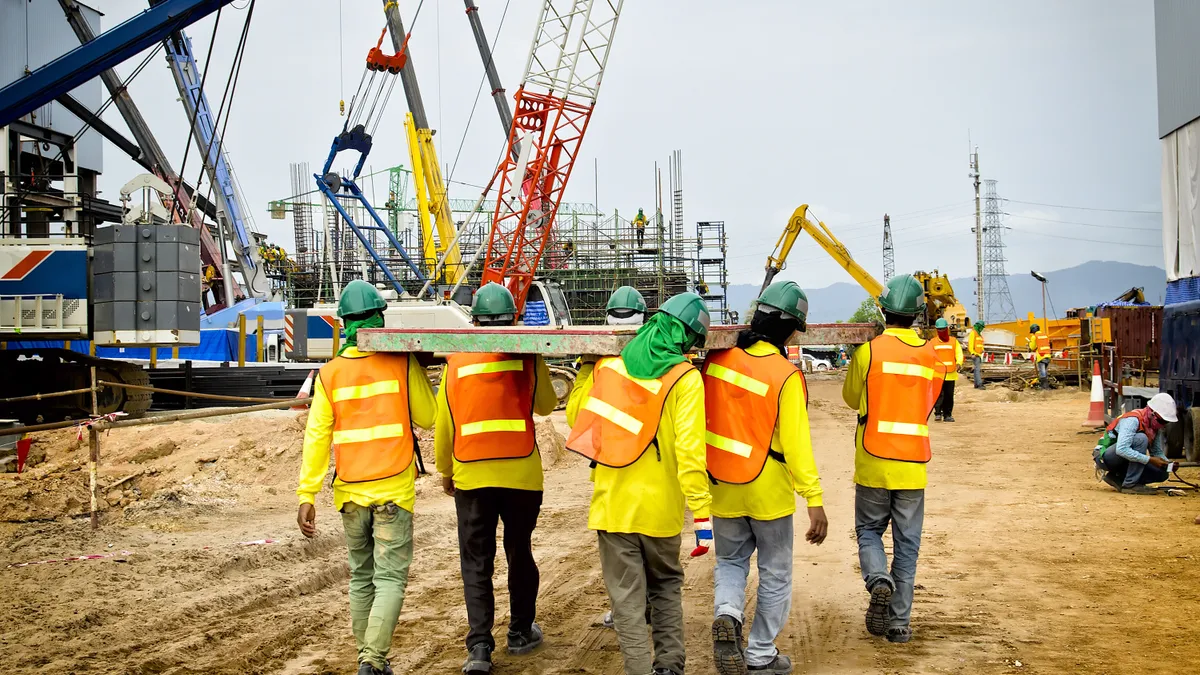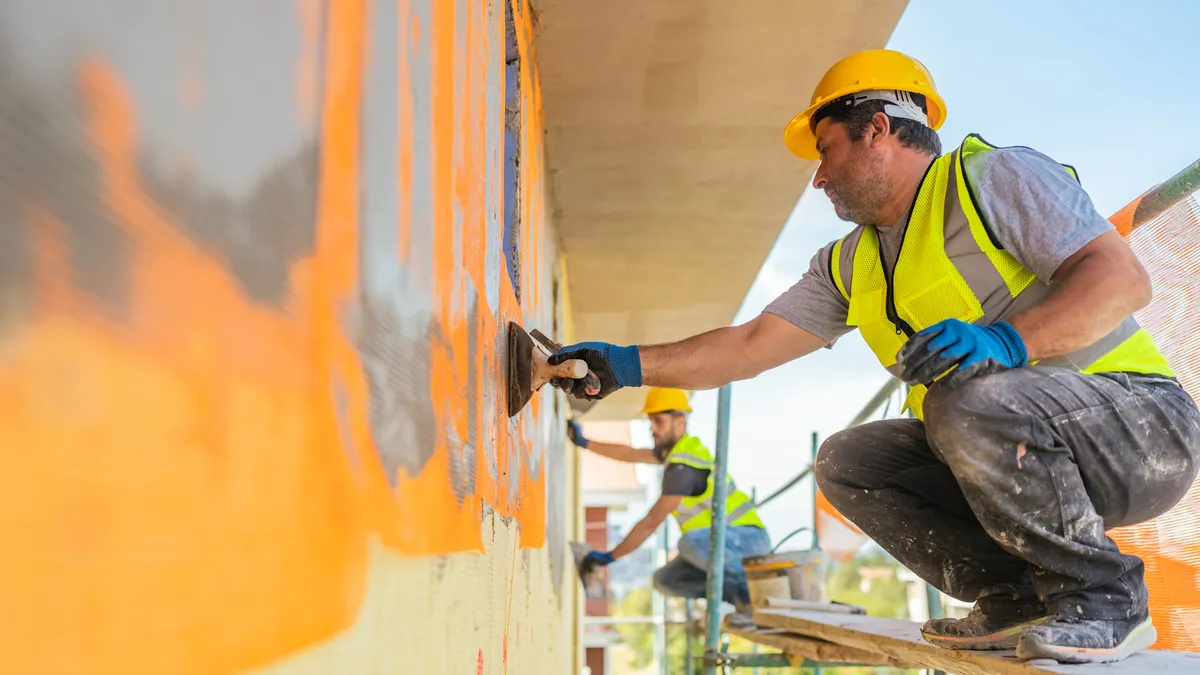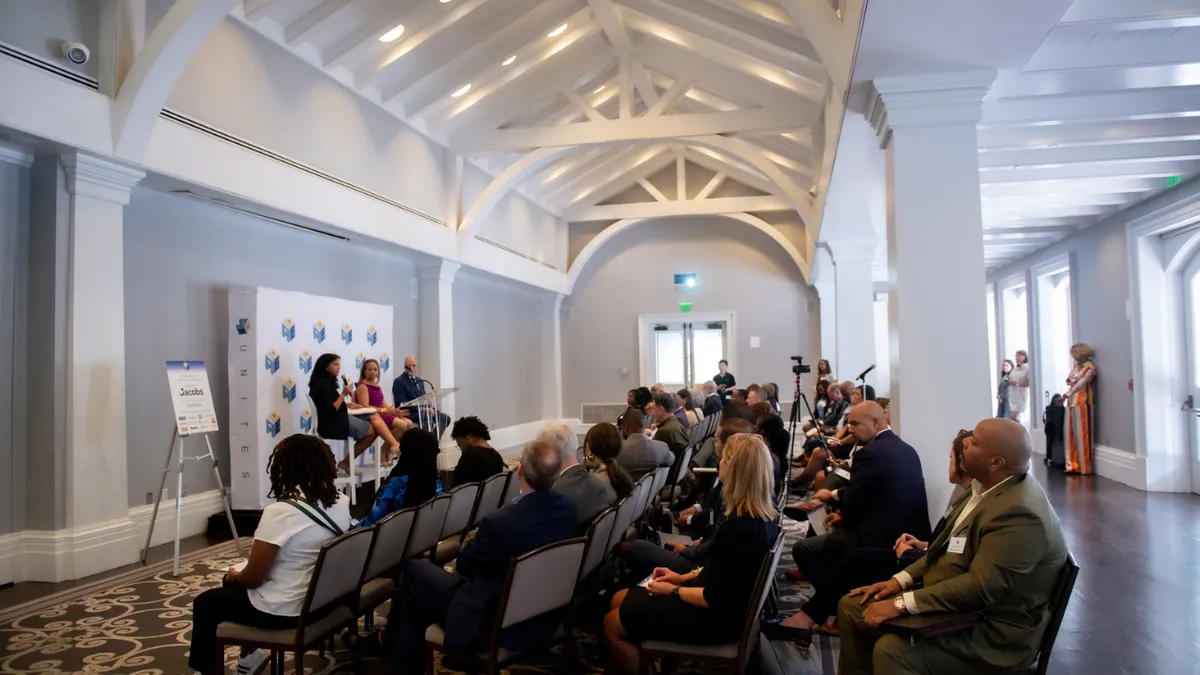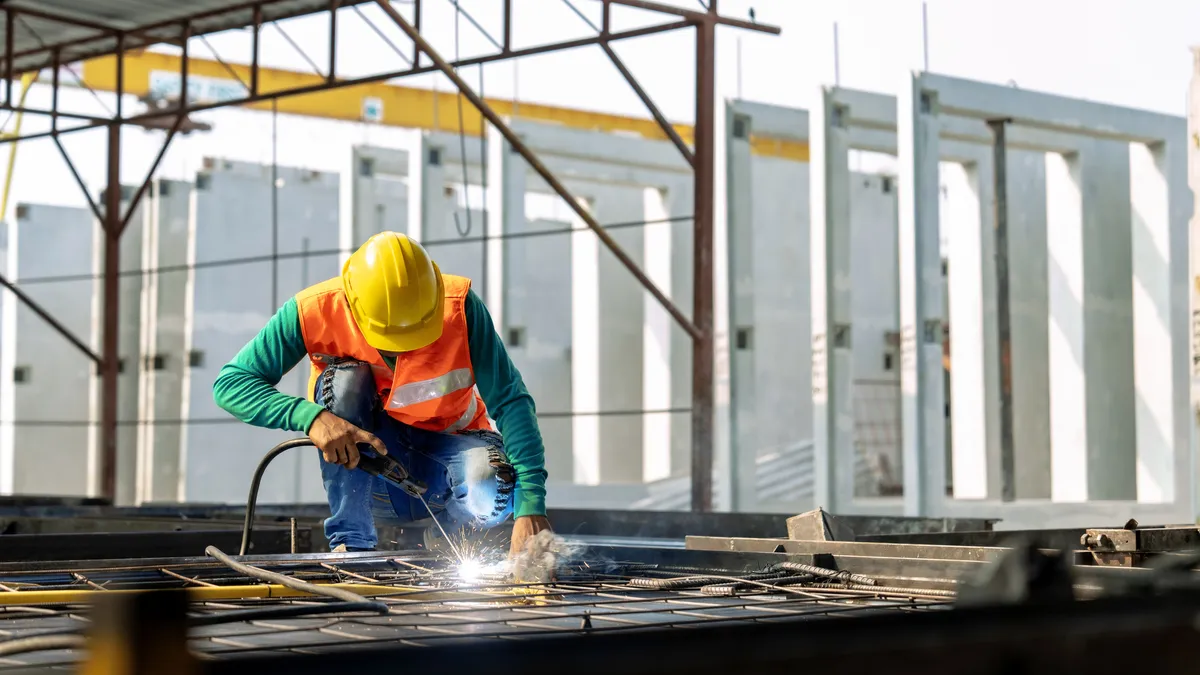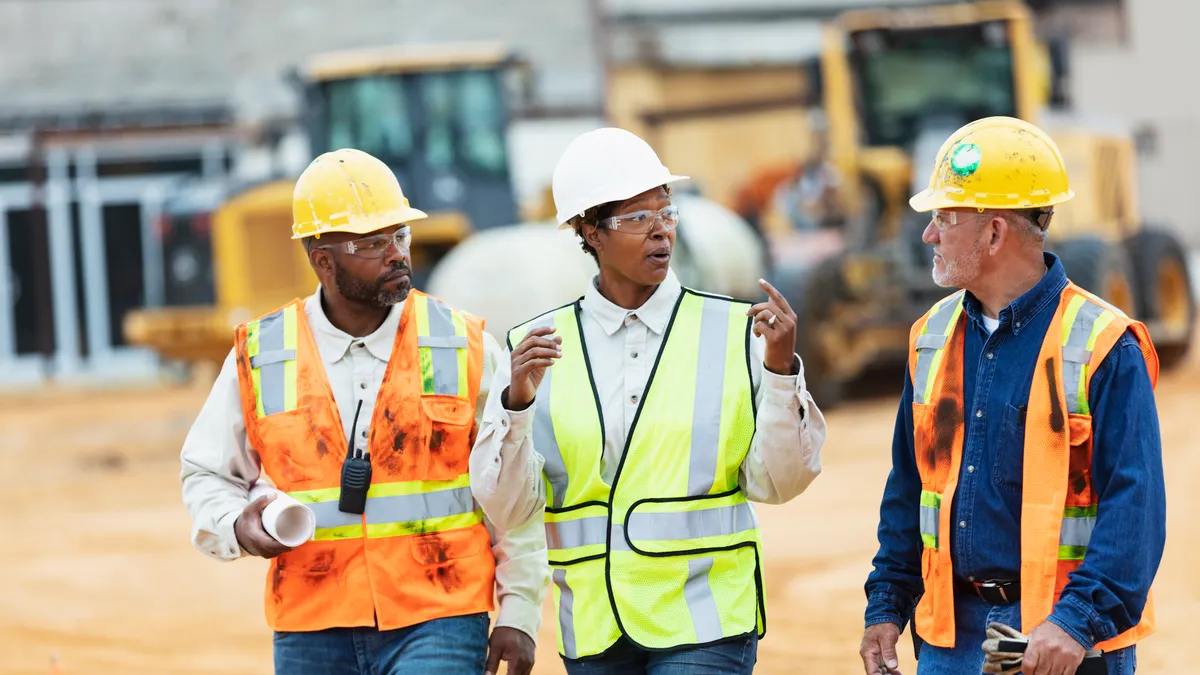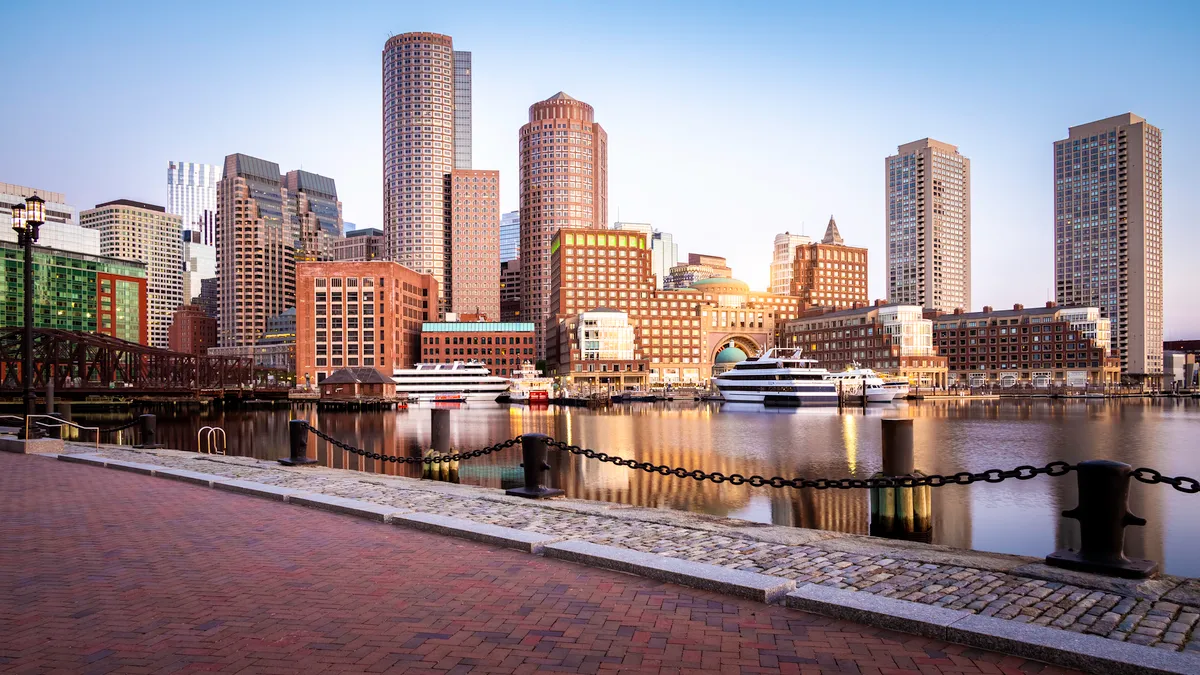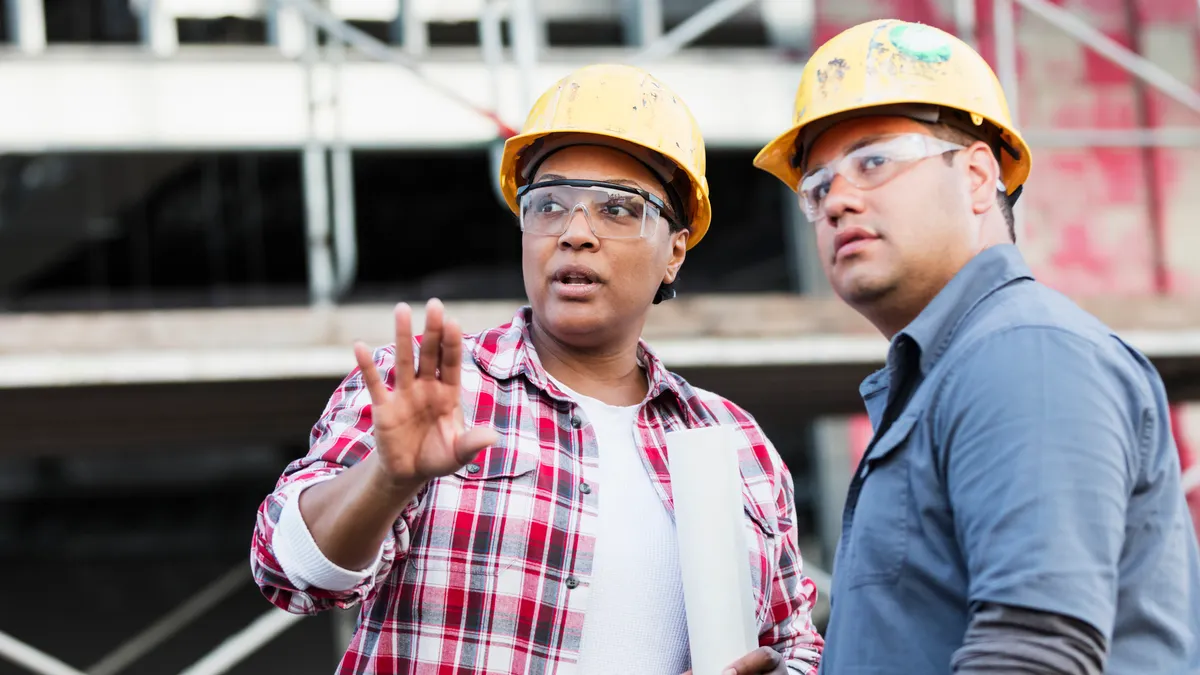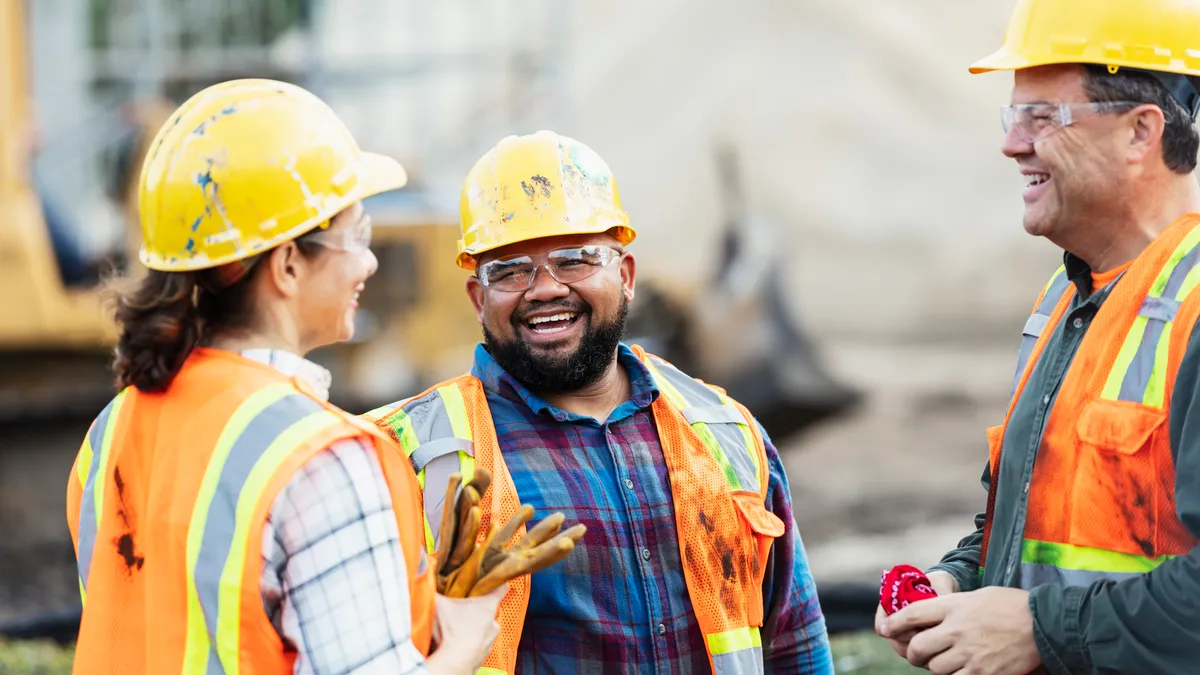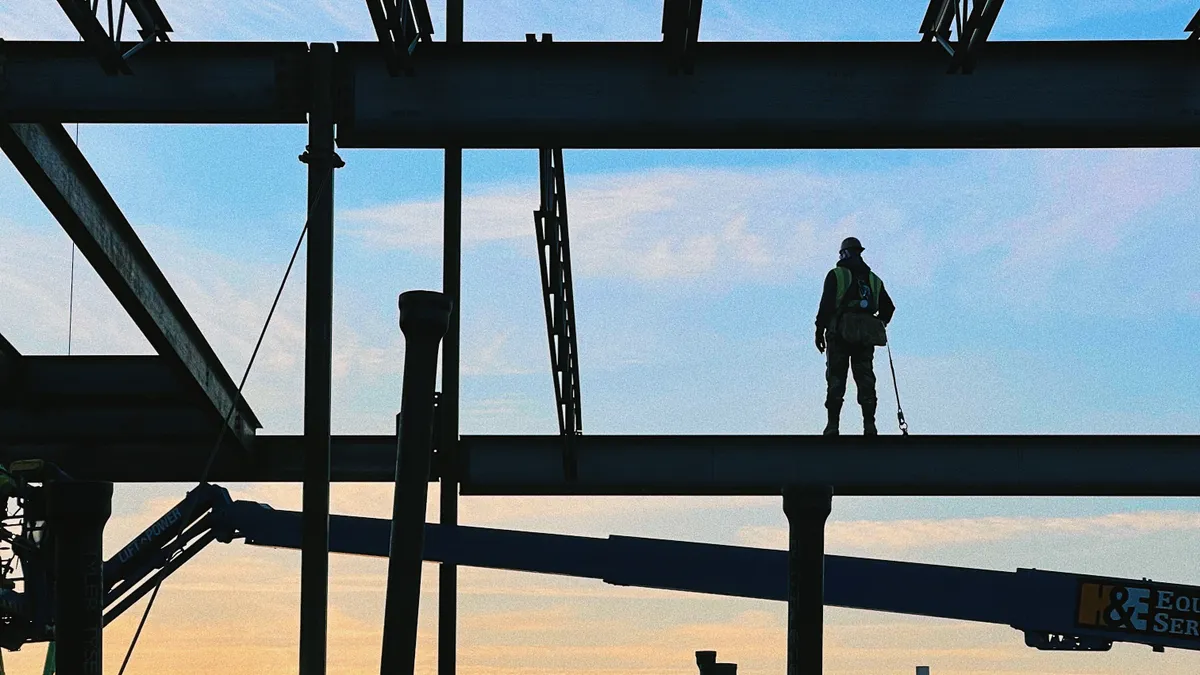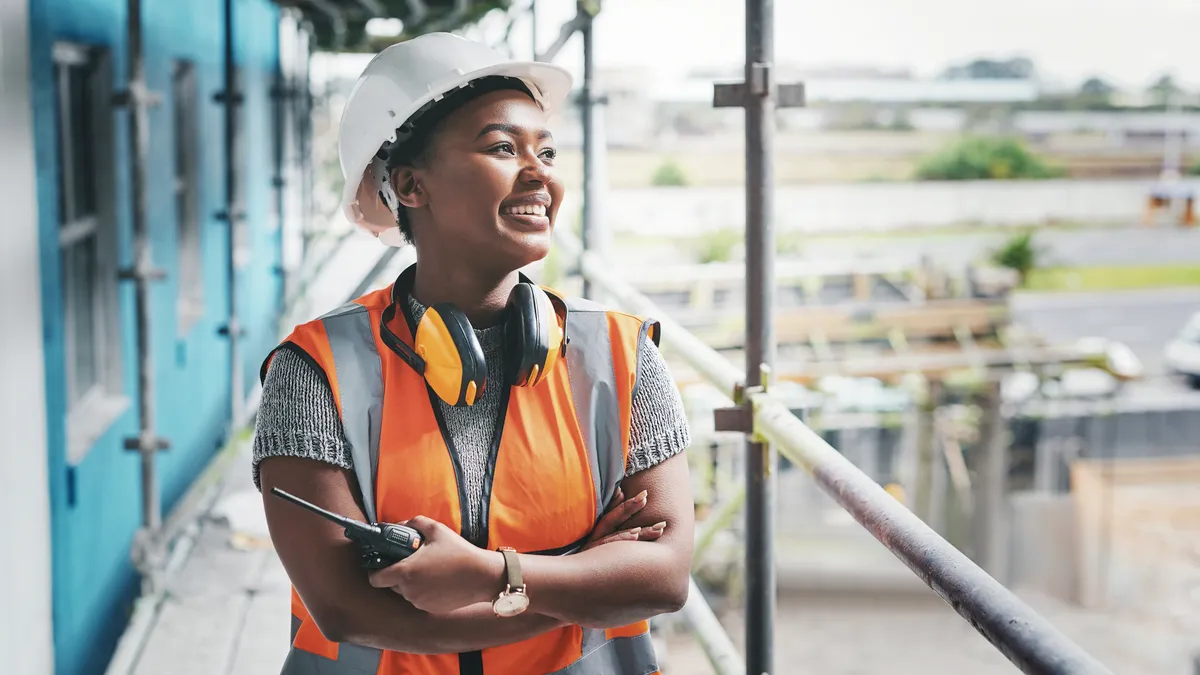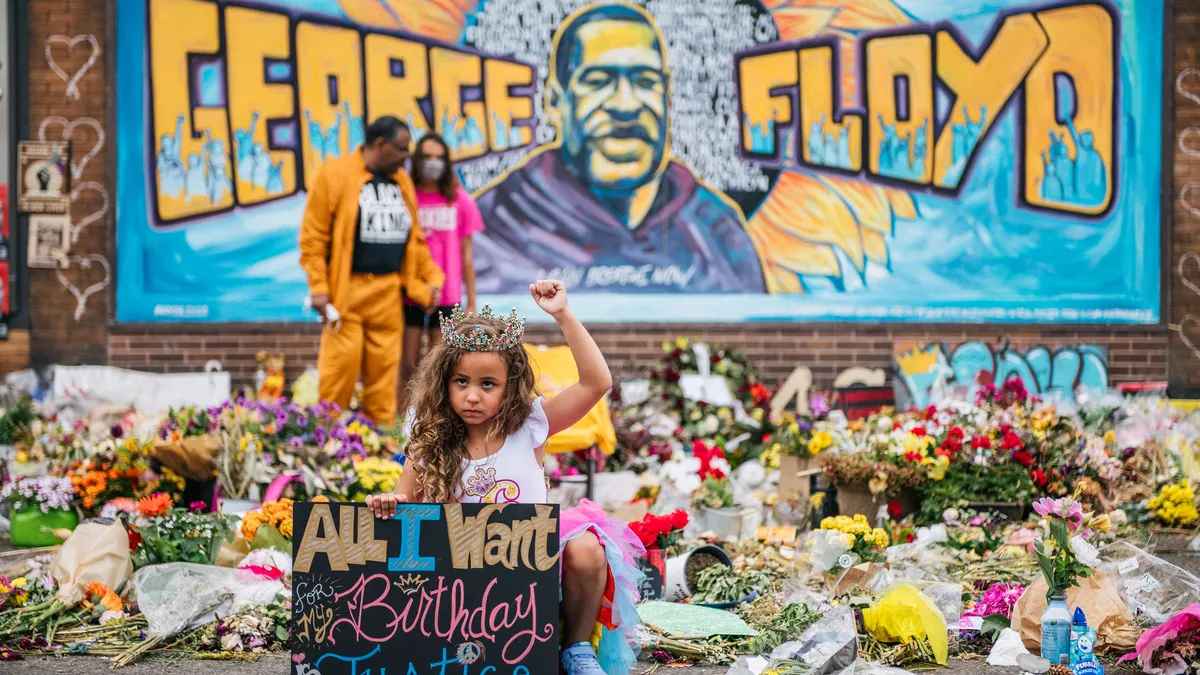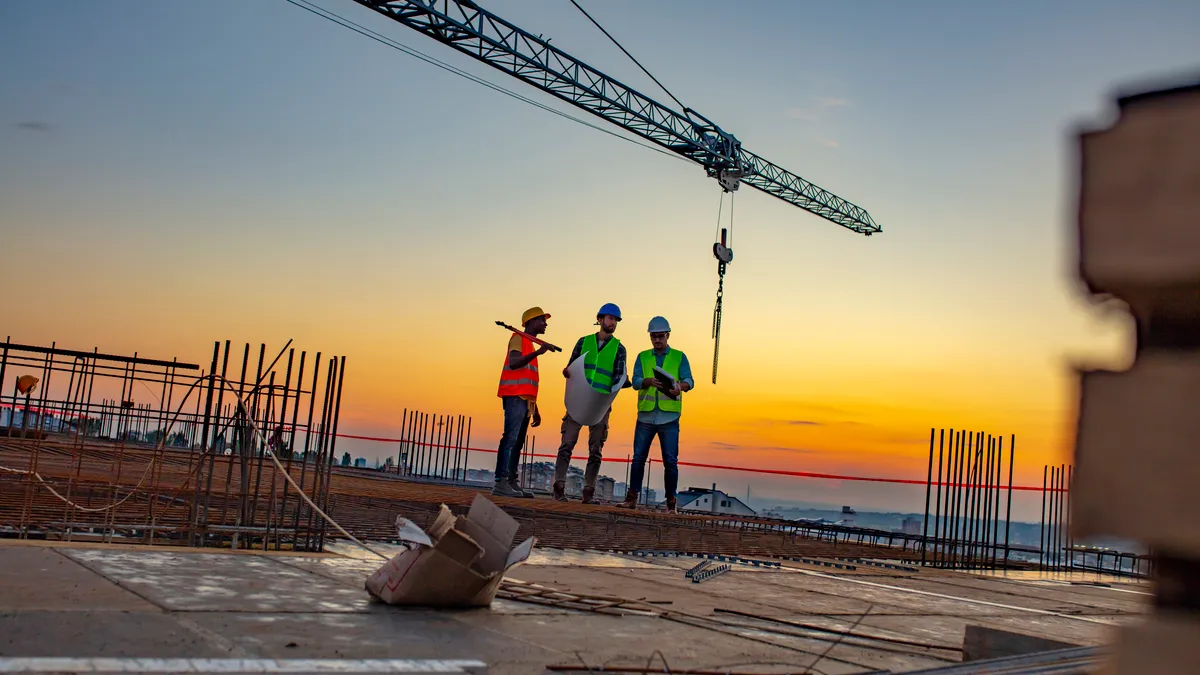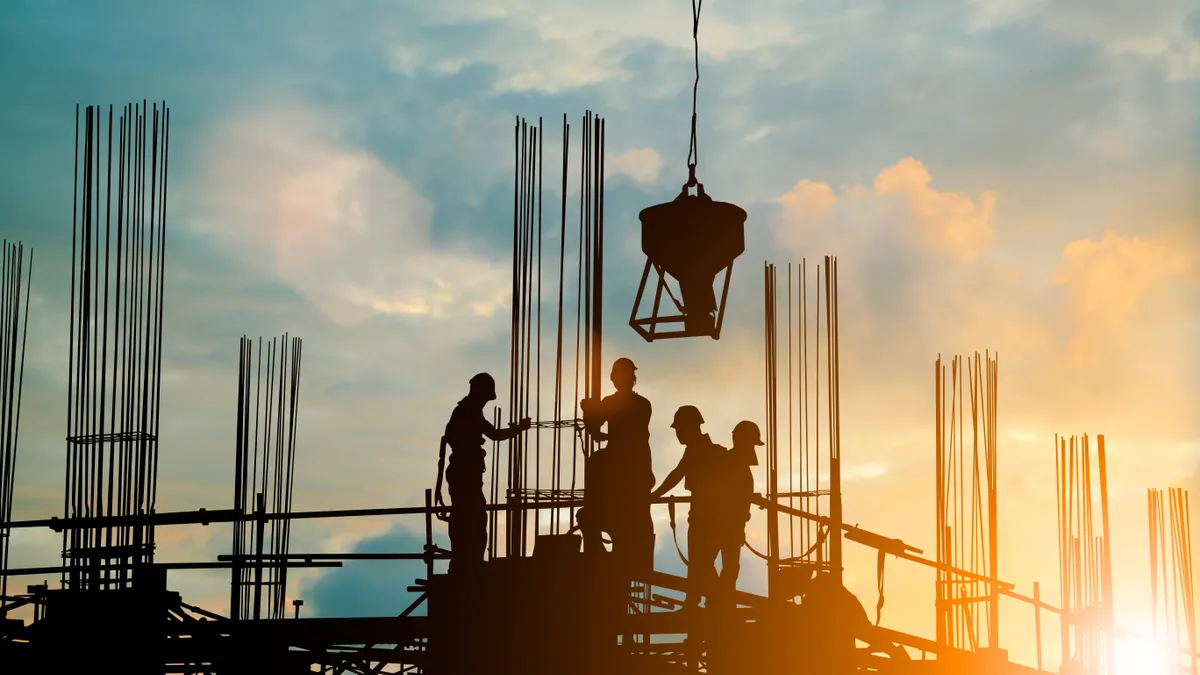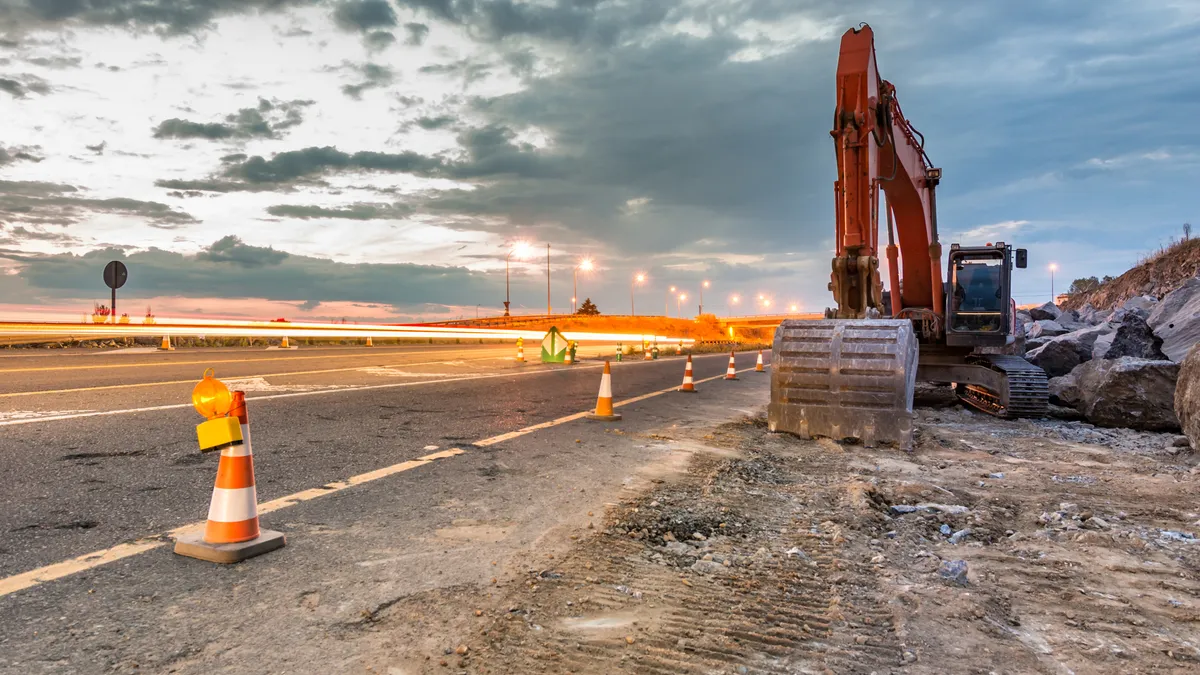Melvin Gravely is CEO of Cincinnati-based TriVersity Construction and author of "Dear White Friend: The Realities of Race, the Power of Relationships and Our Path to Equity.” Opinions are the author’s own.
The Equal Employment Opportunity Commission’s recent report on discrimination in construction exposed what many jobsite workers already know firsthand: Racism runs rampant in our industry.

But Construction Dive’s article on the report also rightly pointed out that some heavy hitters in construction have been paying more attention to this issue. Major firms have set new expectations for behavior on jobsites and have called attention to the challenges in our industry for Black workers and other people of color.
I have personally seen contractors take decisive, positive action to incidents of racist symbols like nooses hanging on jobsites and sexist and homophobic slurs written inside of portable restrooms, consequences that likely would not have come about even a few years ago.
The introduction of Construction Inclusion Week, organized by industry players to increase diversity, is another visible example that increasing numbers of construction leaders recognize the need to tackle this issue head on.
But while I appreciate these efforts, the EEOC report should also make us question just how far we have come. In an industry known for dealing with challenges and getting things done, our progress thus far on diversity doesn’t measure up.
Diversity efforts thus far are often compared to our industry’s focus on safety and the gains that have been made in this area. This is a wonderful comparison, but our progress with diversity is nowhere close to how safety has become top of mind on jobsites.
If we expect to make similar progress on the culture of diversity, we will have to change our approach in at least three ways.
Diversity as the default
First, we would establish a standard of inclusion on every project.
We would seek mutually beneficial and long-standing relationships with diverse subcontractors on whom we could rely for everything we build. They would grow in their capabilities to work productively with us and we with them.
We would not wait on our customers to request inclusion and then create some awkwardly devised relationship resembling a shotgun wedding. A minimum level of minority subcontractors would be a part of how we do business.
Diversity in leadership
Second, we would focus on the diversity of our leadership team. Leadership determines culture and organizational priorities. The lived experiences of our leaders represent the breadth of their perspectives. Go online and Google construction companies in your area. Then click through to their websites and look at the pictures of their leadership team. Too often, that leadership still lacks diversity, even when diversity is an explicit goal of the company.
In the construction industry, the only perspective we have is often our own. The mistake is believing our thoughts are the only ones that matter, that what we value is the only thing that is valuable. A diverse leadership team helps broaden our collective thinking and enables us to lead in a way that is more inclusive.
Take your leadership team on a learning journey. Construction is an industry with a heads-down, go-get-it-done attitude.
Yet we cannot have our heads so far down they get stuck in the sand. If inclusion really mattered, we would study ideas like unconscious bias, the value of empathy in leadership, the importance of listening to understand and the implications of our nation’s history with race on what we are experiencing today.
If diversity, equity and inclusion were imperative, we would start with the leaders and we would learn together. We would listen to podcasts, read articles and books and take bias assessments and make time for candid conversations with each other. We would seek the advice of experts like we do with other areas in our business where we have limited knowledge.
Diversity tracking
Third, we would keep score. You can call them goals, metrics, objectives or whatever fits your business. The bottom line is we measure what we value.
There are several meaningful elements we could measure. For example, your level of inclusion through subcontracts, the diversity of your workforce, the diversity of your management team and executive leaders. Not measuring those results? I’d argue you should question how much you really value diversity.
The challenge is not that we do not know how — that’s where the comparison with safety holds up. It’s our will as leaders that’s the real challenge.
The truth is that to many construction firms, diversity is still not as important as safety — or lean or flow or BIM, or the many other places we make significant investments. We do not act like we believe that investments in diversity will create positive results.
I ask the leaders in our industry to at least be intellectually honest. Maybe diversity does matter to you, but does it matter enough?
Things like Construction Inclusion Week are a sign of interest. Responding to racist incidents on jobsites shows you care. But neither are going to move the needle on outcomes for Blacks and other people of color if they are not on your payroll by default.
We will solve for the challenges of diversity, equity and inclusion in our industry just as we solved for safety. But as the EEOC report confirms, we’re not there yet.


